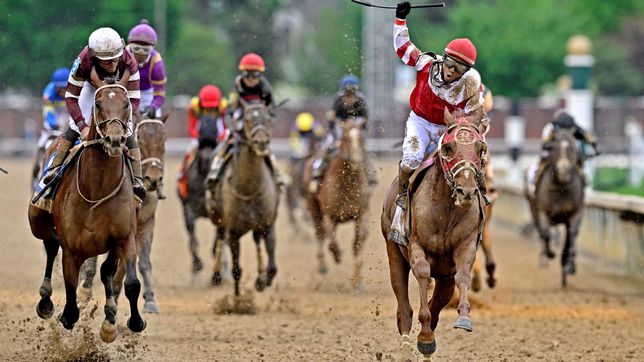
When it comes to the world of betting, it’s all about the house vs the player. Unless of course we’re talking about horse racing, which brings a distinctly different structure of wagering to the table. With that in mind, here’s a look at how these things differ.
Betting in horse racing is a little different
Unlike the world of casinos where gamblers bet against the house, horse racing is distinctly different in that bettors are actually wagering against each other. What that means in simple form, is that if I win you lose. As you can imagine this has significant importance as it places a great deal of emphasis on understanding how other people bet and not just what you’re betting on. How this works in practice is that for each and every race, the track itself pools the money that has been bet and takes a percentage for expenses. This amount is known as the ‘takeout,’ with the remaining amount paid to the winners.
Enter pari-mutuel betting
As you likely know, gambling is a practice that’s been around since the dawn of time and with that in mind, it would be safe to say that pari-mutuel gambling is relatively new. It’s origins actually stem from Moulin Rouge impresario, Joseph Oller, who is credited with introducing the system to French race tracks back in 1867. Indeed, by 1891 it had in fact become the full-time replacement for the previously used ‘fixed-odds wagering’ which we commonly refer to today as bookmaking.
Another twist in the story came in 1913, when Australian engineer George Julius invented the totalisator machine, whose output was displayed on a tote board. This actually helped to maintain the legality of racing during the Great Depression in the United States, due to the fact that pools could now be offered rather than bookmaking. Naturally, the effect on the Kentucky Derby was significant during that time, with bookmakers even succeeding in pressuring Churchill Downs to outlaw pari-mutuel betting in 1899. Yet, it was not to last and 19 years later the toteboard returned and has stayed ever since.
How does pari-mutuel betting work?
In pari-mutuel wagering, the odds are not fixed but rather are determined by the amount bet on each number. With this in mind, bettors understandably have an opportunity to leverage their opinion against the odds.
Simply put, if a bettor rolls a dice there is a 1 in 6 (5-to-1) chance of picking the number that will show up. Three might be a favored number for an individual, but if the odds offered were 6-to-1 on 6 and only 4-to-1 on any other number, then it stands to reason that one would bet on 6 every single time. It goes without saying, that the determination of fair odds is a major part of the handicapping process and also depends on specific races and race types.